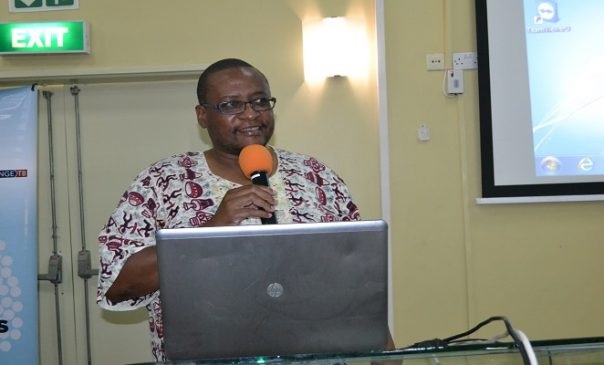Ntsoaki Motaung
The Southern African Development Community (SADC) is concerned by the slow decline in tuberculosis (TB) incidence and TB-related deaths in the region.
12 of the 16 SADC member states are featured in the World Health Organisation (WHO)’s global lists of high-burden countries for TB, HIV-associated TB, and drug-resistant TB.
This was said by the senior programme officer for TB and communicable diseases, Dr Charlse Sandy, last week Wednesday in Maseru.
Sandy was speaking during the country-level stakeholder engagement workshop on the domestication of the SADC operational plan for the declaration of TB in the mining sector in Southern Africa.
He indicated that the region was experiencing low treatment coverage and low treatment success rate when rated to the global targets.
“We are also challenged with regards to financing where we are below the 50 percent of the target in terms of the available fund,†Sandy said.
He stated that countries in the region suffered tremendously from the negative impact of Covid-19.
This, he added, had a negative impact on most of the indicators and Lesotho was not an exception as almost all the countries in the region were affected.
He said in terms of achievements, the region managed to reverse the trend in TB incidence when it is assessed against the targets in the Millennium Development Goals (MDGs) which guided global development from 2000 to 2015.
“We also have two countries which transitioned out of the high global TB burden list for TB and TB/HIV (Zimbabwe and Angola, respectively). Lesotho remains in the high burden list of TB and TB/HIV and possibly drug-resistant TB which means from a global perspective we should be prioritising addressing those two issues,†Sandy said.
He went further to explain that with regard to TB and Occupational diseases in the mining sector, there were high rates of TB, TB/HIV and other occupational respiratory diseases which are sometimes as high as three times in the general population.
“We note that mine workers get exposed to multiple TB risk factors. And that is why we also need to consider in our planning the aspect of gross country migrations. It is estimated that 40 percent of mine workers in South Africa originate from Mozambique, Swaziland and Lesotho,†he said.
Sandy listed factors that contribute to the high TB burden in the mining sector.
They include poor or no access to health and social services for mine workers, ex-mineworkers, families and communities, the absence of effective cross-border medical referral mechanisms within the Southern African Region, and non-harmonization of medicines and treatment regimens for managing both TB and HIV/AIDS.
Communications and advocacy officer for East Central and Southern Africa Health Community (ECSA-HC), Justin Mahimbo, said to address the high burden of TB in mining, in August 2012, the heads of state of SADC member states signed a declaration on TB in the mining sector, indicating five priority areas in TB, HIV, Silicosis, and other occupational respiratory diseases.
Mahimbo said the priority areas sought to actively look for people with TB and treat them promptly, eliminate conditions leading to high TB rates in mines, improve TB treatment, actively seek former mine workers who could have TB and create a legal and regulatory framework that provides compensation for occupational diseases among miners and ex-miners.
He provided an overview of key achievements in TB in the mining sector in Southern Africa (TIMS) I-II (2016-2021).
He said that 419,957 mineworkers, ex-mineworkers, their families and the community were screened for TB.
“20,225 people were tested for HIV and of these, 1,191 were HIV positive and linked to care and treatment,†Mahimbo said.
Lesotho’s national TB and Leprosy programme manager, Dr Llang Maama, said the workshop was attended by officials from the ministries of health, labour and mining together with representatives of other entities such as TEBA.
Maama disclosed that the workshop was supported by the SADC secretariat and aimed at adapting the regional framework and developing national operational plans for the implementation of the 2012 Heads of State of and Government declaration on TB in the mining sector.
She indicated that the workshop gave the government in general and the Ministry of Health, in particular, an opportunity to review the prioritised interventions in the national TB strategic plan and identify areas that can enhance the implementation of specific TB in the mining sector activities.
“This is meant to disseminate the Operational plan for implementation of the SADC heads of state and government declaration on TB in the mining sector in Southern Africa, to facilitate in-country discussions on the prioritization of TIMS interventions in line with the regional operational plan as well as building national consensus on the implementation of TIMS as part of the national TB and other relevant annual and strategic plans,†she said.




